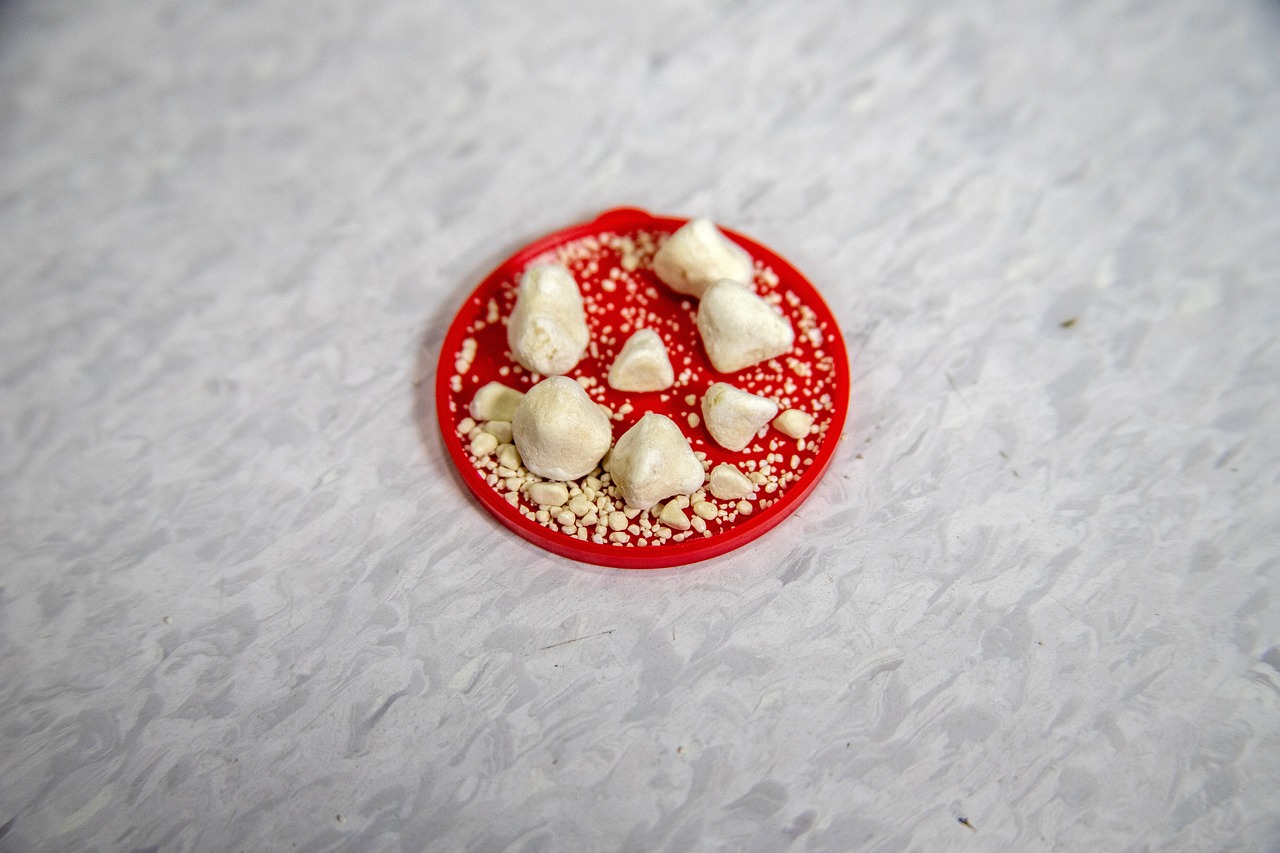Urolithiasis
Urinary stones (urolithiasis) are solid particles within the urinary system. Urolithiasis is a common disease in today's society, explained by the modern lifestyle and changes in dietary habits, and is most commonly diagnosed between the ages of 30 and 50.

Urinary Stones (Urolithiasis)
Urinary stones (urolithiasis) are solid particles within the urinary system. Urolithiasis is a common disease in today's society, explained by the modern lifestyle and changes in dietary habits, and is most commonly diagnosed between the ages of 30 and 50. Urolithiasis represents a group of metabolic and endocrine disorders associated with morphological changes in the urinary system, leading to the formation of stones in the urinary tract and renal parenchyma (nephrolithiasis). The size of the stones ranges from microscopic crystallization foci to stones several centimeters in diameter. General risk factors include disorders that increase the concentration of minerals in the urine, either by increased excretion of minerals or by reduced urine volume.
Urotract calculosis occurs as a result of a physicochemical imbalance in the urine. Under conditions of supersaturation and favorable urine pH, a disturbance in the balance between promoters and inhibitors of crystallization leads to the crystallization of one or more insoluble substances. Inhibitors of crystallization include citrate, magnesium, pyrophosphate, glycoproteins, and glycosaminoglycans. There are four basic types of urinary calculi divided according to chemical composition: calcium (oxalate, phosphate, carbonate), struvite (magnesium-ammonium-phosphate), urate, and cystine.
Symptoms of Urolithiasis
Urolithiasis can be an asymptomatic disease because small stones (<5 mm) are most often spontaneously and painlessly expelled. As the size of the stone increases, the possibility of spontaneous elimination decreases. The most common symptom of urolithiasis is very intense, stabbing pain in the lumbar region of the back, which spreads to the groin and genital organs. The pain can be associated with nausea, vomiting, fever, the appearance of blood in the urine (hematuria), and reduced urine output (oliguria).
Prevention of Urolithiasis
The most important measure for the prevention and treatment of urolithiasis is the intake of larger amounts of fluids (about 3 L) to ensure the continuous excretion of diluted urine (diuresis >2-2.5 L), which significantly slows the growth of already present stones or reduces the risk of their recurrence.
Exploring in Search of Innovative Solutions
Despite all technological advances in interventional procedures, the prevalence, recurrence, and economic impact of urolithiasis are increasing. There is also a lack of effective medical treatments and preventive measures to reduce the severity of the disease course.
Lit Control products combine substances for urine pH modulation with effective inhibitors of the crystallization process for each type of crystal to avoid the formation of kidney stones and reduce and prevent their recurrence.
Lit Control pH Balance
Preventive treatment and first line of defense against calcium calculosis.
It inhibits the crystallization of calcium salts and oxalate complexes without changing the pH of the urine.
Lit-Control pH Balance (magnesium, phytate, polyphenols) reduces the formation of calcium oxalate stones without changing the pH of the urine, limits oxidative stress, and prevents post-surgical complications
*This blog article is for informational purposes only and does not constitute medical advice. For any health-related treatment, we advise you to consult your doctor or pharmacist.
